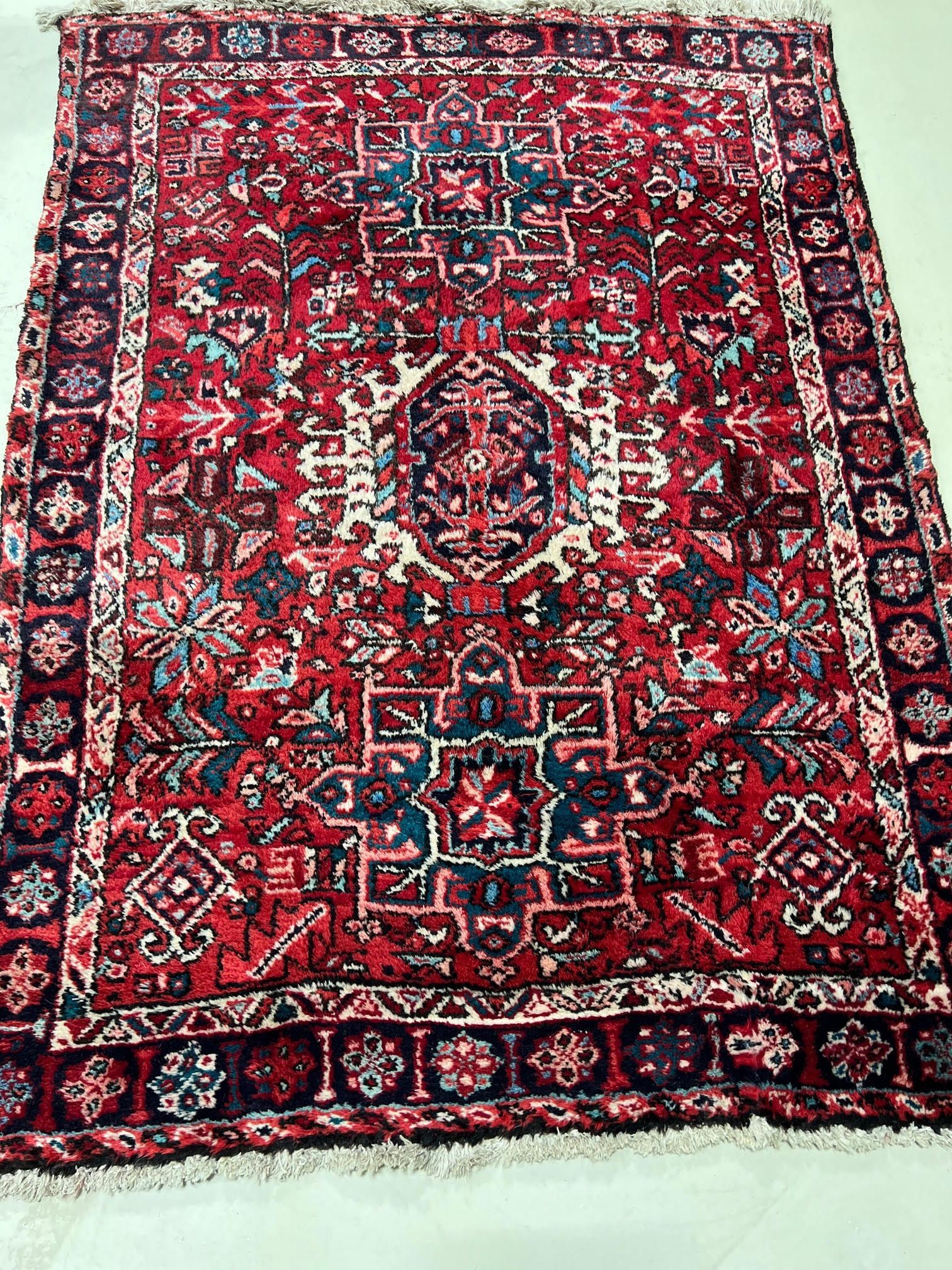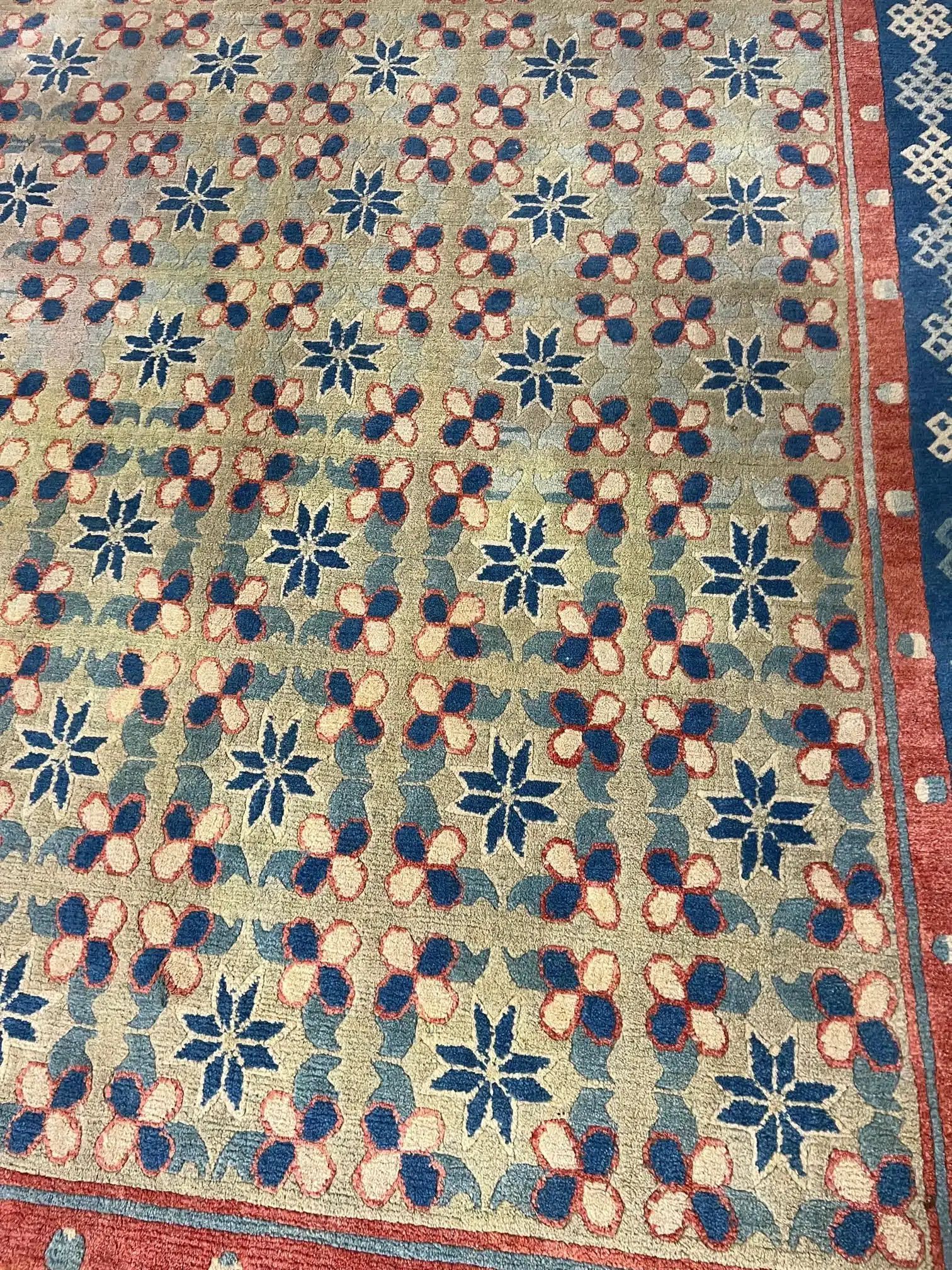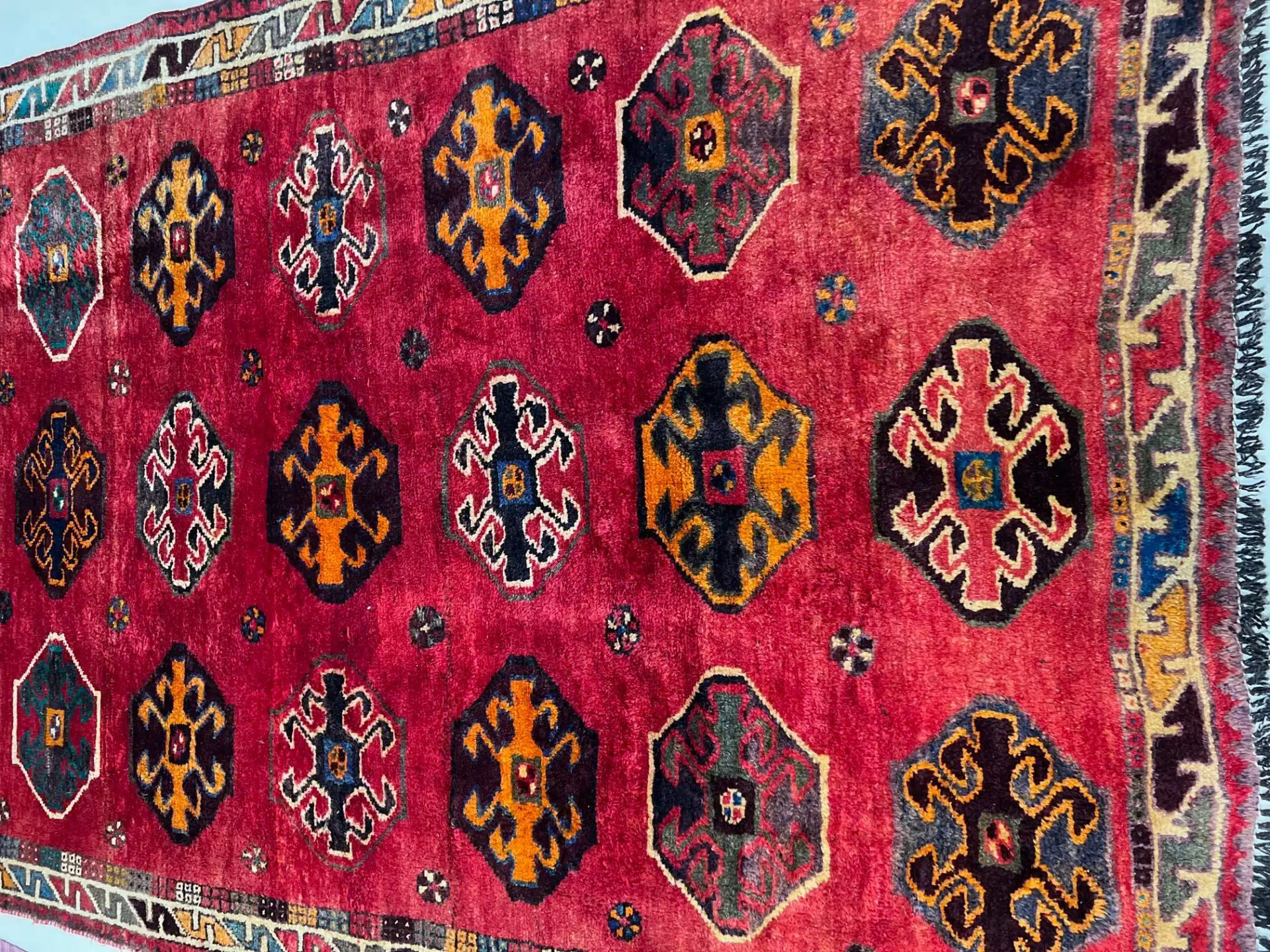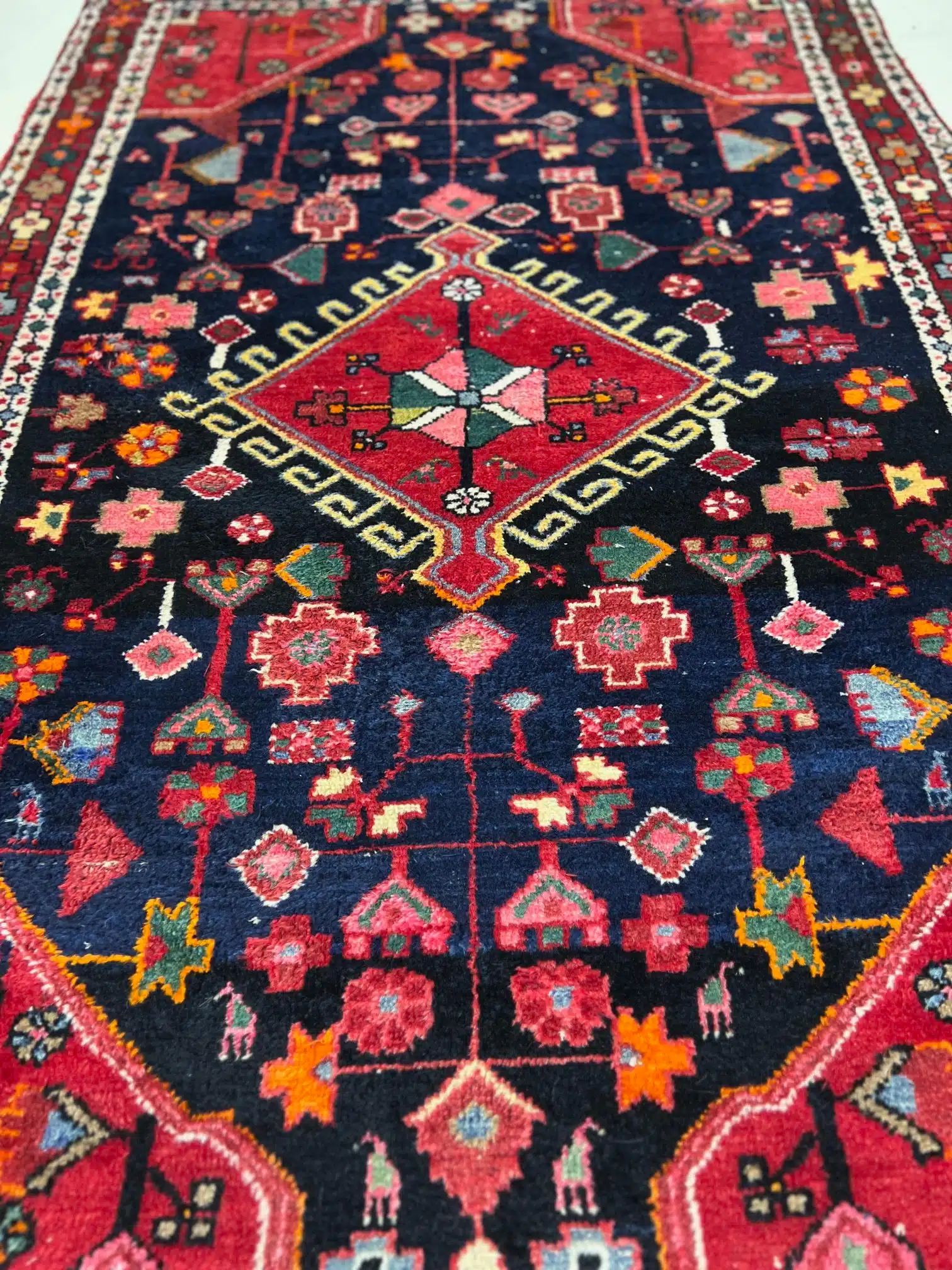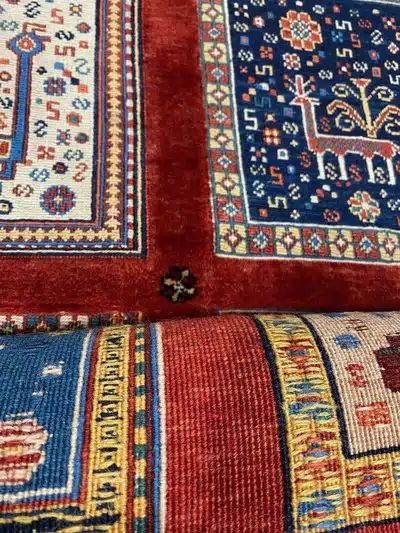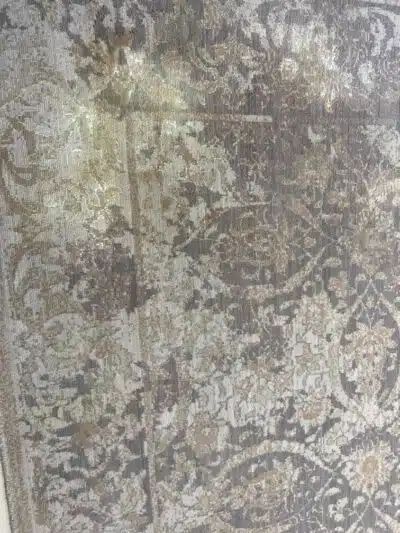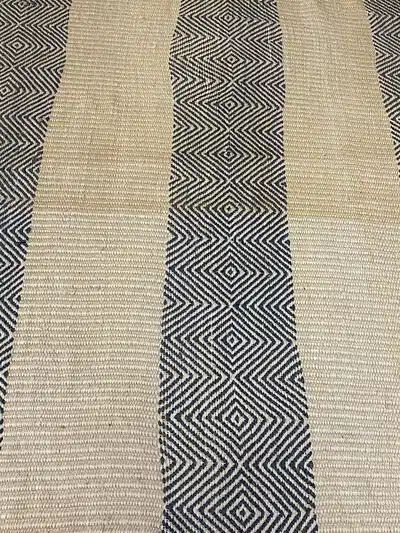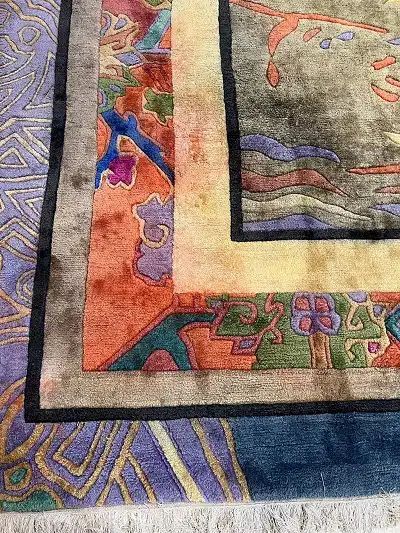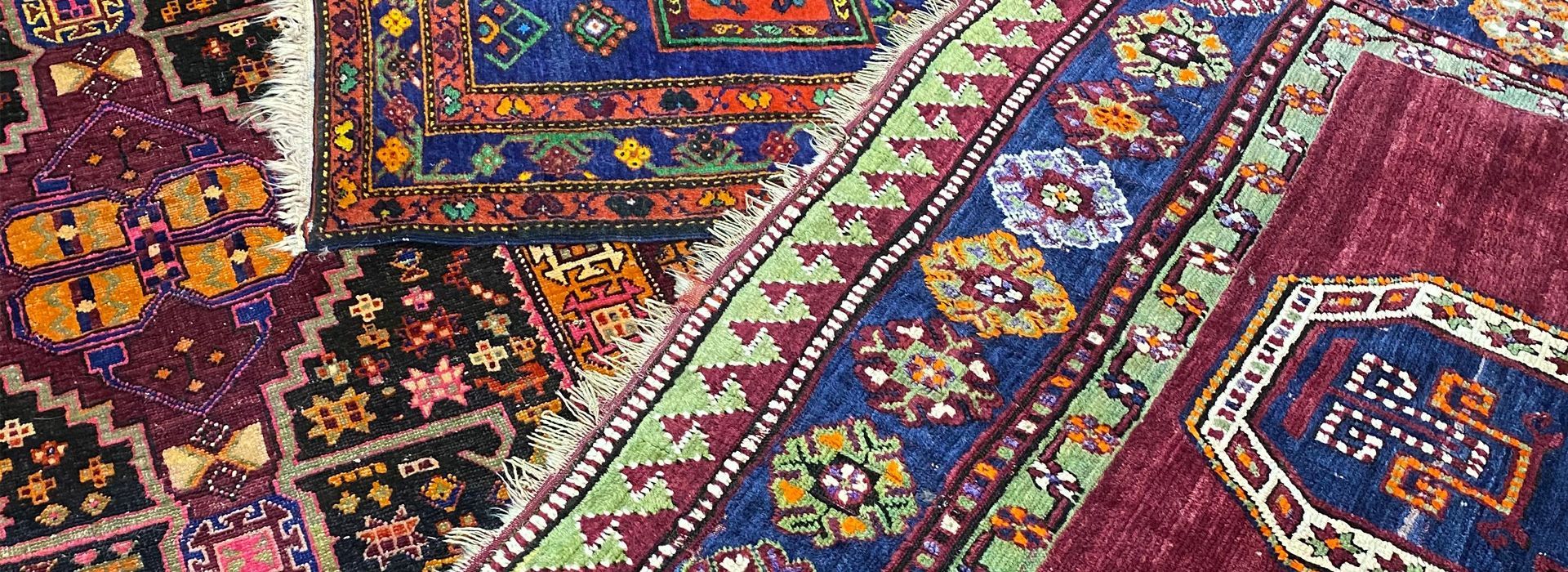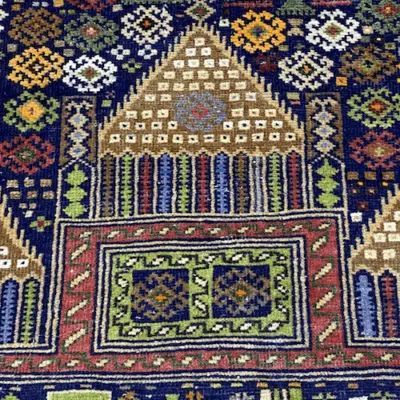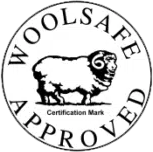The History of Malayer Rugs
What is a Malayer Rug?
Malayer rugs are highly valued and come from a region with a long rug weaving history. These rugs are very thick and vary widely in their patterns and colors, yet they still maintain their uniqueness and originality. Additionally, all Malayer rugs feature cotton wefts, warps, and short wool pile.
Where Are Malayer Rugs Made?
Malayer is a major village between the Hamadan and Sarouk weaving areas in Northwest Persia. In the 19th and 20th centuries, weavers in Malayer and the surrounding villages produced almost nothing but small bespoke rugs, but a limited number of larger rugs up to 10 x 13 feet were woven on commission. Since many Malayer weavers are believed to be of Turkish descent, Malayer rugs are universally constructed using the Turkish symmetric or Ghiordes knot. Along with their strong cotton wefts and warps, these knots give the rugs the durability they’re famous for.
Malayer Rugs Are Uniquely Designed
Given the originality of the weavers and the region’s fusion of ideas, the endless variety of patterns and designs is far from surprising. From a central medallion surrounded by an array of motifs to all over field designs, hand knotted Malayer rugs are available in a sea of design styles. These unique, highly original rugs utilize a variety of colors. That said, many rugs feature navy blue fields punctuated with patterns in orange, red, gold, ivory, and sage.
Malayer Rug Cleaning
Although resistant to wear, malayer rugs are easily damaged by improper cleaning or pet contamination. In order to ensure the longevity of your malayer rug, it is recommended that routine cleaning be performed by a certified professional. Attempting to clean these rugs at home could potentially result in irreversible damage, especially if proper cleaning techniques are not applied. To schedule a cleaning, or to learn more about our fine rug cleaning process, give our office a call!
The post The History of Malayer Rugs appeared first on The Austin Rug Cleaner.
